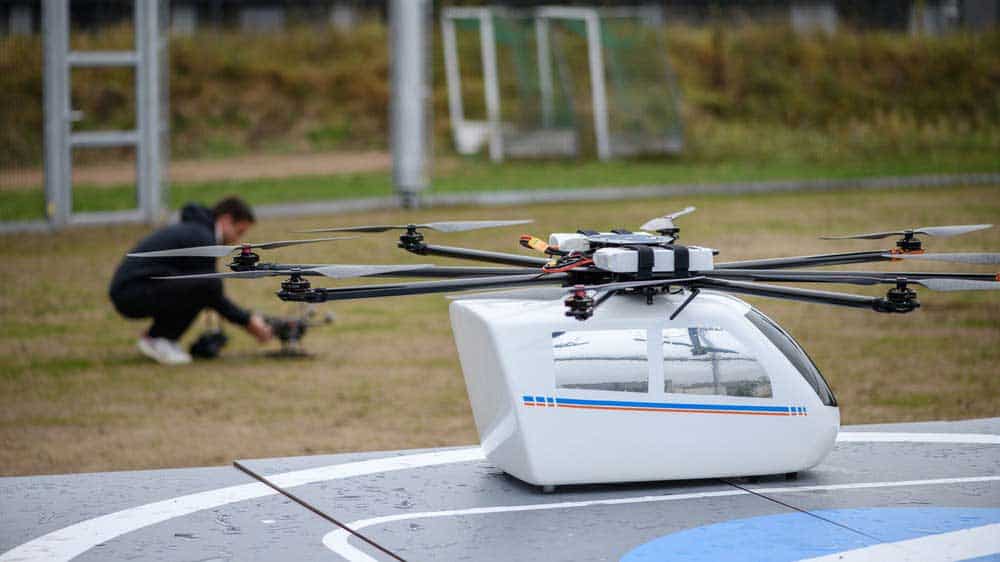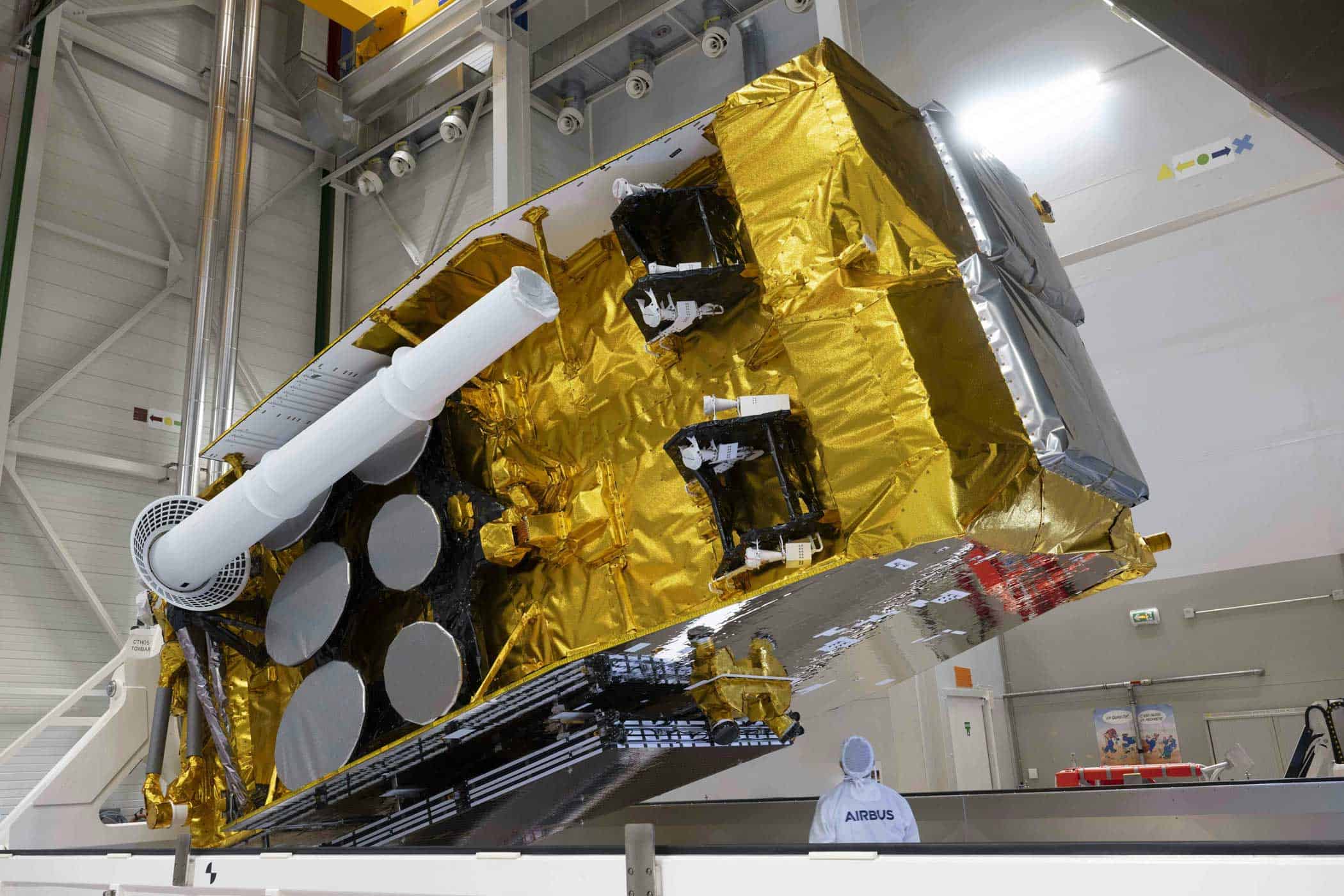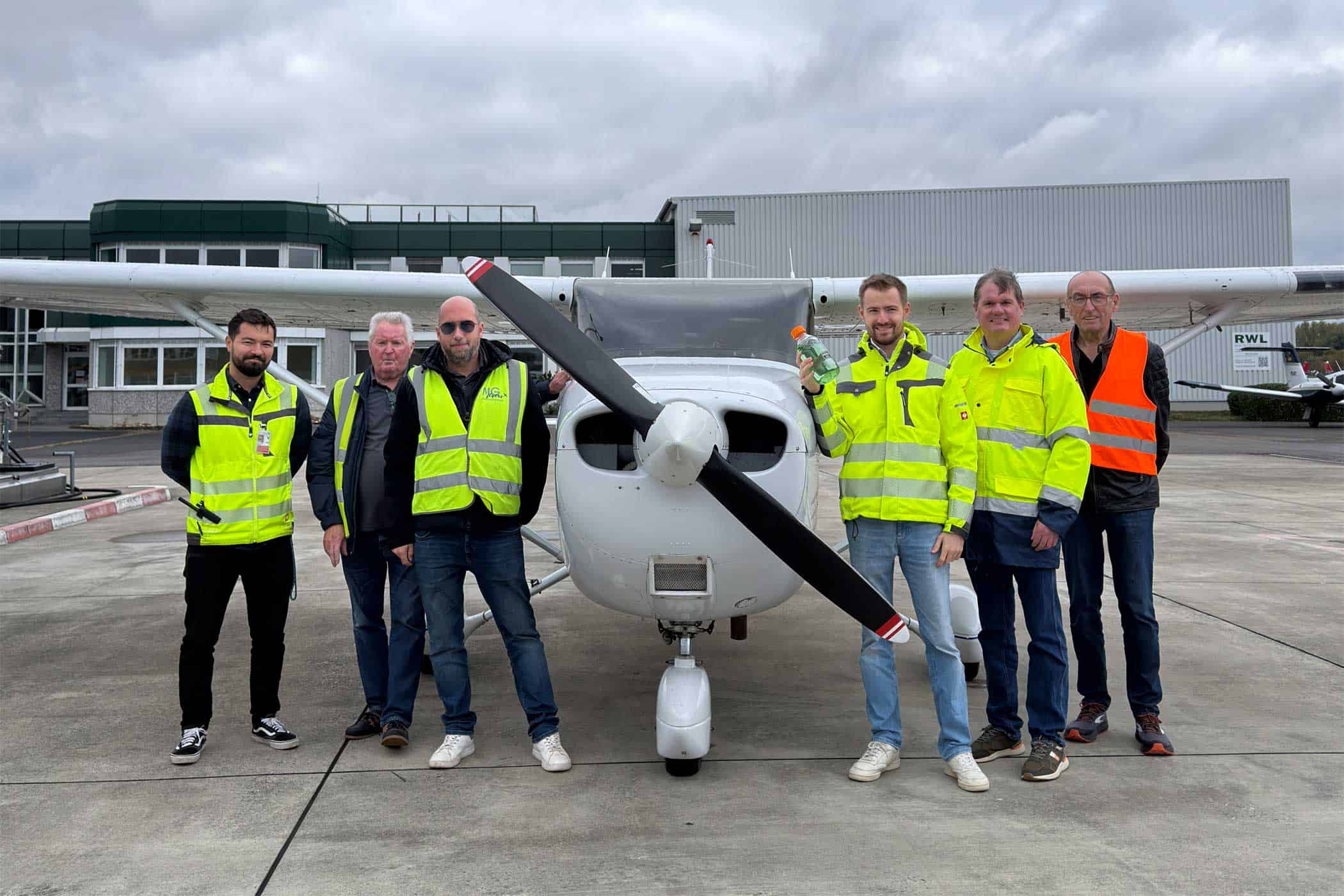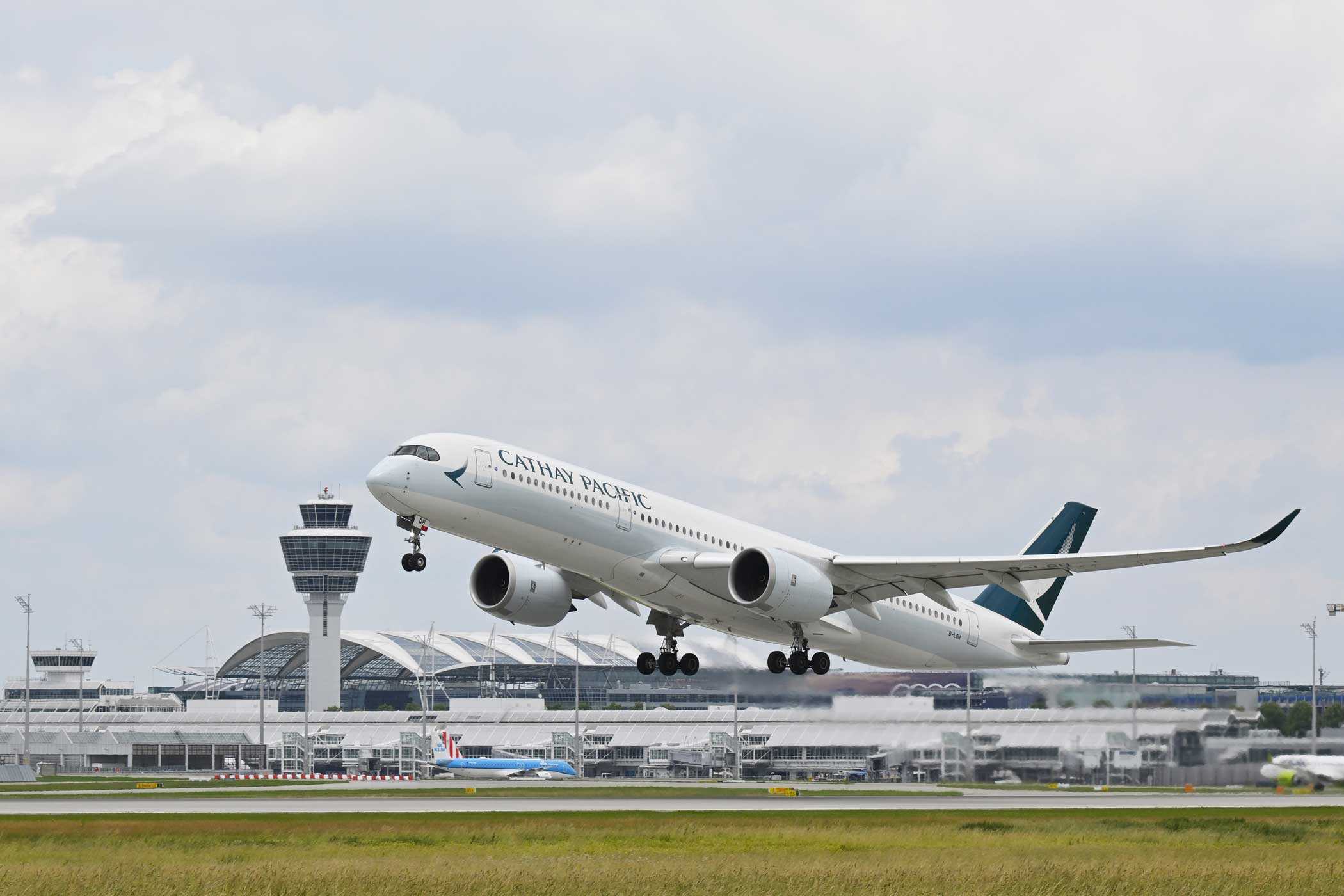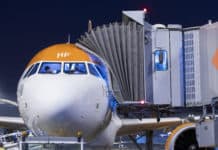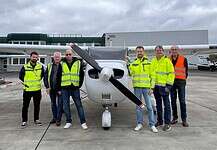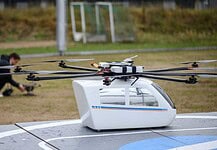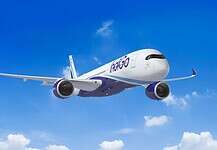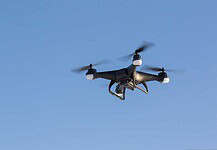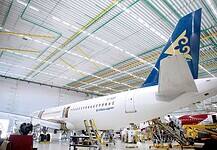This site is also available on:
Deutsch
Boeing X-37B Orbital Test Vehicle launches mission OTV-8 with groundbreaking technologies
The X-37B Orbital Test Vehicle (OTV), developed by Boeing [NYSE: BA], is preparing for launch on its eighth mission, OTV-8. The launch is scheduled for no earlier than August 21 from Florida’s Space Coast. This represents a significant milestone, as the last successful mission, OTV-7, was completed less than six months ago.
Continuous innovation and adaptability of the X-37B
Michelle Parker, Vice President of Boeing Space Mission Systems, emphasized: “With each flight, the X-37B has demonstrated its adaptability and flexibility by conducting a wide variety of experiments and opening up new orbits.” The upcoming mission continues this tradition by bringing cutting-edge technologies into space that will help strengthen the United States’ capabilities in space and make future architectures more resilient.
Extended capacities through service module
A significant feature of OTV-8 is its ability to fly with a so-called service module. This module significantly expands experimental capabilities and opens up new opportunities for partner missions. Participating organizations include the Air Force Research Laboratory and the Defense Innovation Unit.
The service module allows the spacecraft to accommodate more scientific and technological tests than ever before, supporting a wide range of research fields in different areas.
Focus on advanced laser communication technologies
A key experiment of this mission is the demonstration of high-bandwidth laser-based inter-satellite communication technologies. This technology promises a revolution in data transmission between satellites, with significantly increased speeds and improved protection against interference or failures.
This is precisely what General Chance Saltzman, Chief of Space Operations of the US Space Force, emphasizes: “The laser communications demonstration at OTV-8 marks an important step toward the use of commercial space networks within decentralized, diversified, and redundant space architectures.”
These developments are crucial for a robust infrastructure in space – especially in the face of growing threats and more complex mission requirements.
Quantum sensors revolutionize navigation in space
In addition to the communication systems, a novel quantum inertial sensor is also being tested on board – reportedly one of the most powerful of its kind in space to date. This sensor enables extremely precise positioning, navigation, and timing without a GPS signal.
Colonel Ramsey Hom of Space Delta 9 explains: “Quantum inertial sensors enable reliable navigation capabilities in environments without GPS reception, such as deep space or cis-lunar regions.”
This technology has great potential, particularly for long-distance flights beyond low-Earth orbits and lunar missions – areas where current navigation methods reach their limits.
Significance for future military operations in space
The lessons learned from the OTV-8 mission are being intensively evaluated by the U.S. Department of Defense. They will contribute significantly to making future space architectures more resilient while simultaneously building new operational capabilities.
General Saltzman emphasizes the benefits for the US Space Force: “Improved communication speeds combined with more robust system architectures not only strengthen our military satellite constellations but also enable faster responses to threats.”
Colonel Hom also emphasizes the quantum sensor’s contribution to maneuverability within GPS-free zones – a crucial advantage for strategic operations in unknown or hostile areas outside of conventional satellite navigation.
Preparation for launch at the Kennedy Space Center
Boeing teams are currently working with U.S. Space Force experts to prepare the X-37B spaceplane for launch. Assembly is taking place at the Kennedy Space Center in Florida—a historic site of many significant space missions over the decades.
Since the space shuttle’s first flight in April 2010, the vehicle has successfully spent more than 4,200 days in various Earth orbits. This impressive operational lifetime demonstrates its reliability and versatile applications far beyond pure research.
Overview of Boeing’s role in Aerospace & Defense
As a global leader, Boeing develops numerous products in the aerospace, defense, and aviation sectors. The company is also one of the largest exporters from the United States, with customers in over 150 countries worldwide.
In addition to technological innovation, Boeing places great emphasis on sustainability and social responsibility – supported by a globally connected network of employees and suppliers. All activities are based on the core values of safety, quality, and integrity.
Conclusion:
With the upcoming OTV-8 mission, the Boeing X-37B program is solidifying its position as an innovative platform project for testing future-oriented technologies in orbit. The integration of a service module significantly expands experimental capabilities and supports various partner organizations in testing key technologies such as laser-based communication systems and quantum sensing under realistic conditions.
In particular, this project contributes to ensuring that military operations can continue to navigate safely even under challenging circumstances such as GPS failure—a critical factor for strategic freedom beyond traditional orbital ranges. The X-37B’s continued success speaks to its versatility and its valuable contribution to national security and scientific advancement alike.

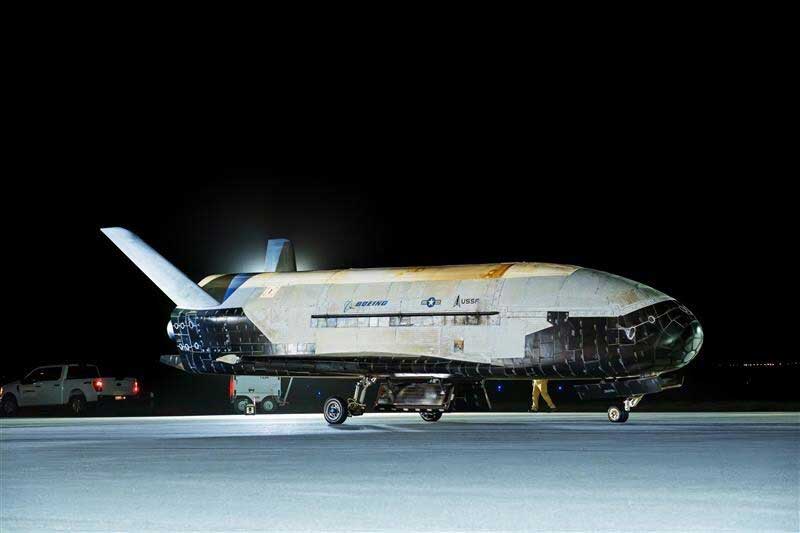
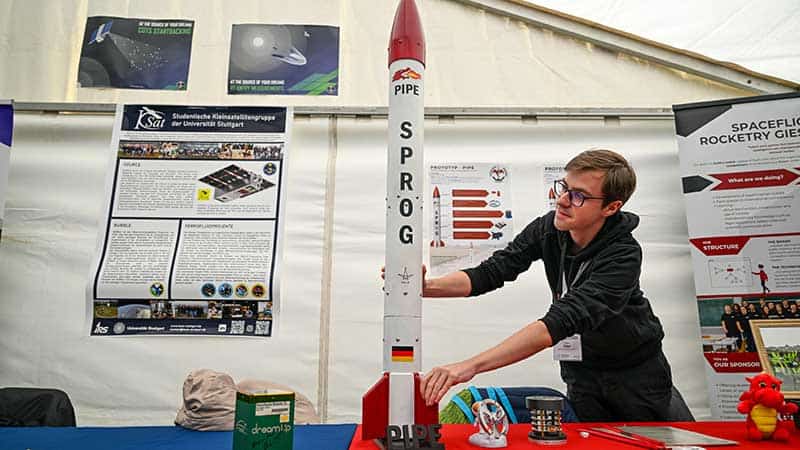 Wacken Open Air: Interstellar meeting place for space enthusiasts (Wacken Open Air: Interstellar meeting place for space enthusiasts)
Wacken Open Air: Interstellar meeting place for space enthusiasts (Wacken Open Air: Interstellar meeting place for space enthusiasts) Strong Martian winds and dust devils: Insights thanks to deep learning and camera technology (Strong Martian winds and dust devils: Insights thanks to deep learning and camera technology)
Strong Martian winds and dust devils: Insights thanks to deep learning and camera technology (Strong Martian winds and dust devils: Insights thanks to deep learning and camera technology)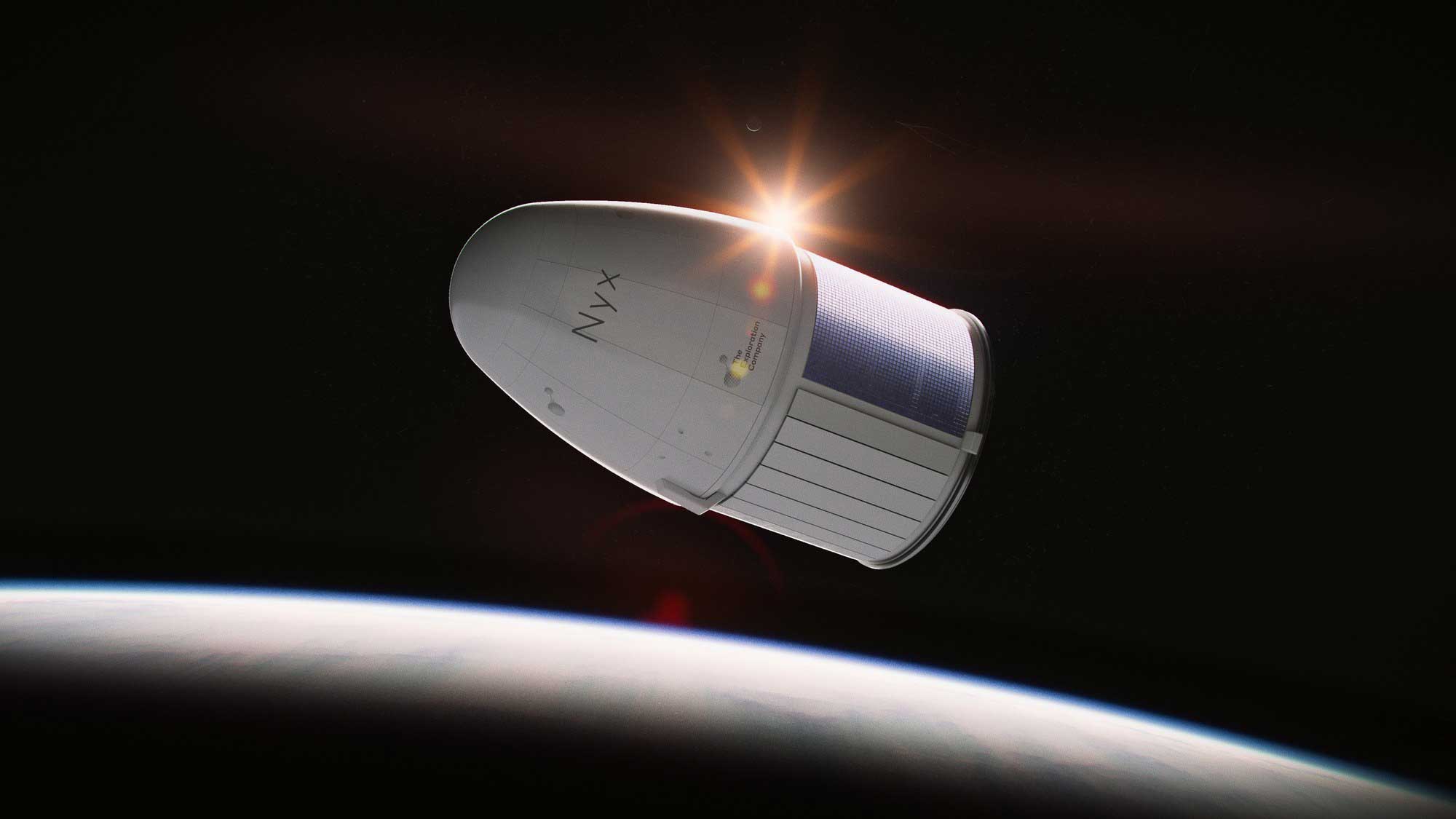 Space research: DLR buys flights on the “Nyx” space capsule (Space research: DLR buys flights on the “Nyx” space capsule)
Space research: DLR buys flights on the “Nyx” space capsule (Space research: DLR buys flights on the “Nyx” space capsule) Safety in orbit: DLR & Bundeswehr use Uedem Space Situational Awareness Center (Safety in orbit: DLR & Bundeswehr use Uedem Space Situational Awareness Center)
Safety in orbit: DLR & Bundeswehr use Uedem Space Situational Awareness Center (Safety in orbit: DLR & Bundeswehr use Uedem Space Situational Awareness Center)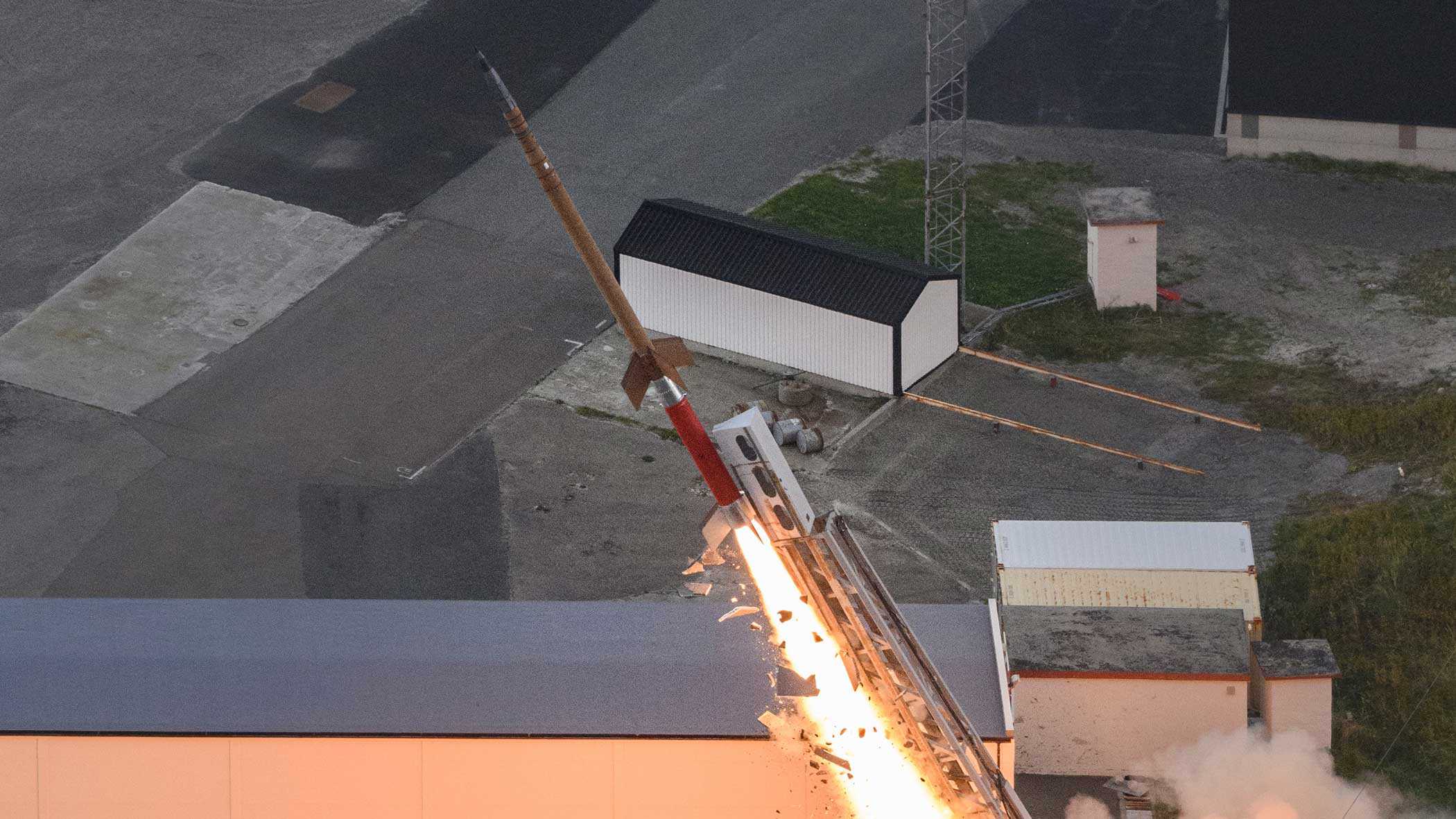 Reusable spacecraft: DLR’s ATHEAt flight experiment (Reusable spacecraft: DLR’s ATHEAt flight experiment)
Reusable spacecraft: DLR’s ATHEAt flight experiment (Reusable spacecraft: DLR’s ATHEAt flight experiment) Quantum communication: From aircraft to ground stations and the quantum internet (Quantum communication: From aircraft to ground stations and the quantum internet)
Quantum communication: From aircraft to ground stations and the quantum internet (Quantum communication: From aircraft to ground stations and the quantum internet)